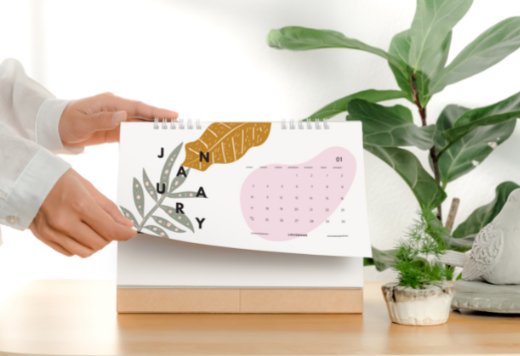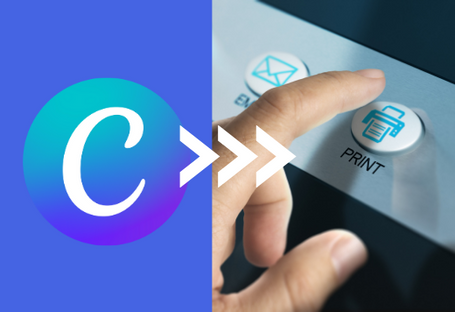
Books are, simply to say, just sheets of paper binded together to one package. This means all magazines, annual reports, catalogues, brochures are considered as books. However unlike single sheets of paper like flyers, business cards, vouchers and more, books are much more complicated. Depending on the type of book you want to print, there are many factors to think about. At Gogoprint, we offer different kinds of ways to customize your booklet, from digital or offset booklets, to hardcover or wire O Booklets.
Before you get started, we will explain the basics of printing booklets of what you should consider when you personalize your books.
1. Cover Paper Material
First you need to choose your paper wisely. Simili and art paper are commonly used to print booklets.
Simili – Rough but writable. Suitable for comic books, story books and so on.
Art paper/card – Smooth and glossy. Suitable for informative books, such as catalogues, magazines and so on.
Paper thickness is also important. For book covers, the thicker the paper, the more durable and professional it is.

2. Inner Page Paper Material
Inner pages paper material are also as important as the cover. The paper thickness of inner pages can range from lightweight (70g) to heavy (260g) paper, mostly depending on your preferences.

3. Lamination
Lamination is a finishing that involves applying a thin layer of plastic to paper. It is highly recommended to laminate your book cover. It makes them not only durable but also much more professional. Here are the few common laminations for booklets.
Matt lamination – Smooth coating. Makes your booklet look premium.
Gloss lamination – Shiny coating. Reflects light and makes your content pop out
Choose your type of lamination wisely, as the type of lamination reflects on the message you’re giving to readers.

4. Binding
Next in the list is booklet binding. Our previous article has the details of book binding covered. In short, here are the few common bindings for booklets.
Saddle Stitching – Uses staple to bound folded pages together
Perfect Adhesive – Glues the cover and pages together using adhesive
Hard Cover – Same with Adhesive binding, but uses a much thicker cover
Wire O – Uses Metal looped wire to bind the pages
Booklet Bindings are the skeleton of your book, you can choose them based on the kind of book you wish to present.

5. Book Size
There are plenty of book sizes to go for, but the most common ones are A4 and A5 booklets as they are industry standard sizes. If you want your booklets to be easily carried around, A5 or smaller sizes booklets are recommended. Just make sure that your artwork canvas size is as big as the size you intend to print. For example, if your book is 20x20cm in size, your canvas size needs to be set as exactly 20x20cm as well.

6. Technical: Printing "Rules"
To reduce margin of error, make sure your artwork is print-ready. There are by the book technical “rules” to take note of, such as bleed, trim line, margins, color modes and so on. To make things easier, we have an artwork checklist that applies to all printing mediums, so make sure to check it out!

7. Technical: Safety Area
Last but not least, this technical rule is specifically for books, which is why it is separated from the other point we have mentioned. The only extra “rule” that books have is that there is an extra safety area within the inner pages, which ranges from 5mm to 15mm depending on the binding you have chosen. In other words, you should avoid placing important elements in this space.
The reason for the extra safety area is because once bound, your content on the side will be difficult to read within the fold of the pages. This applies to wireO binding as well but for a different reason, the metal wires and holes will go through your important elements if it's outside of the safety area.
So to avoid these accidents, make sure to keep your important content (eg. text) within the zone. For more information regarding the safety area, our previous article has this covered with visuals of the safety margins.

Conclusion
Congratulations, you are now set! We hope our article can give you the information you need regarding booklet printing. Now that you are ready, check out our website to print your amazing booklets!

















